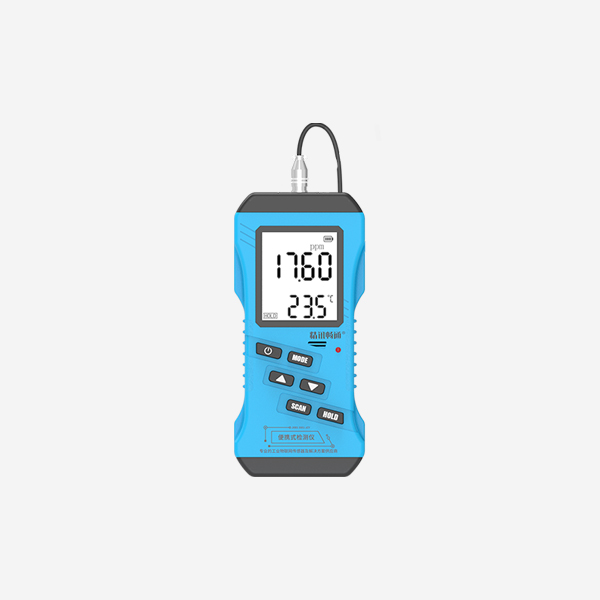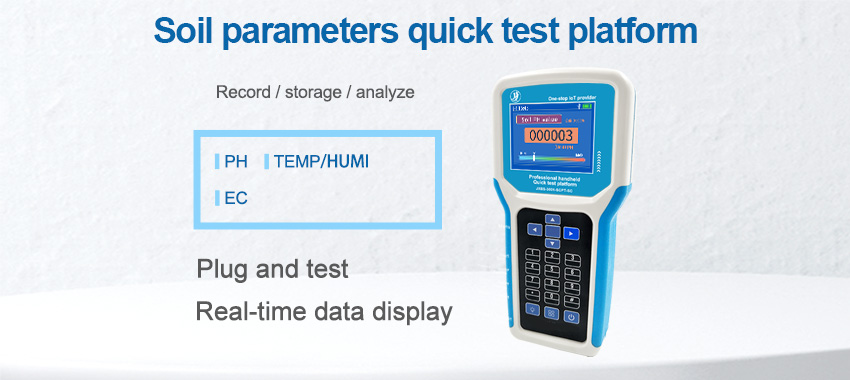Agriculture plays an essential role in feeding the world’s population. As the global population continues to grow, so does the demand for food. However, traditional farming practices often lead to soil depletion, water pollution, and biodiversity loss. As a result, sustainable farming has become a critical focus for the agriculture industry.

Sustainable farming aims to produce food while minimizing the negative impact on the environment
One of the key components of sustainable farming is the use of technology. Advances in sensor technology have revolutionized the way farmers can monitor and manage their crops, leading to increased productivity and reduced environmental impact. Soil sensors, in particular, play a crucial role in sustainable farming by providing real-time data on soil health, moisture levels, and nutrient content. This article will explore the role of soil sensors in sustainable farming and how they are helping to sow the seeds of sustainability.
Soil sensors are devices that are inserted into the soil to measure various parameters such as temperature
moisture, pH level, and nutrient content. These sensors work by transmitting data wirelessly to a computer or mobile device, allowing farmers to monitor and adjust crop management practices in real-time. Soil sensors have become an indispensable tool for farmers, allowing them to make data-driven decisions that maximize yields while minimizing environmental impact.
One of the primary benefits of using soil sensors is improved soil health
Healthy soil is essential for sustainable farming practices, as it provides the foundation for crop growth and reduces the need for chemical fertilizers and pesticides. Soil sensors provide farmers with real-time data on soil moisture levels, which allows them to adjust irrigation practices accordingly. Overwatering can lead to soil erosion and nutrient leaching, while under-watering can lead to crop stress and reduced yields. Soil sensors help farmers find the right balance, leading to healthier soil and higher crop yields.
Another benefit of soil sensors is improved nutrient management. Nutrient deficiencies can lead to stunted growth
poor-quality crops, and reduced yields. Soil sensors can detect nutrient deficiencies in real-time, allowing farmers to make adjustments accordingly. This not only leads to higher crop yields but also reduces the need for chemical fertilizers, which can be harmful to the environment.
Soil sensors also play a crucial role in reducing water usage
Agriculture accounts for approximately 70% of global freshwater use, making water conservation a critical focus for sustainable farming. Soil sensors help farmers optimize irrigation practices by providing real-time data on soil moisture levels. This ensures that crops receive the right amount of water, reducing water waste and conserving this precious resource.
In addition to improving soil health
nutrient management, and water usage, soil sensors also help farmers reduce greenhouse gas emissions. Nitrous oxide (N2O) is a potent greenhouse gas that is primarily emitted from agricultural activities. Over-application of nitrogen fertilizer is a significant contributor to N2O emissions. Soil sensors can detect nitrogen levels in real-time, allowing farmers to apply fertilizer more precisely. This not only reduces N2O emissions but also reduces input costs, leading to increased profitability for farmers.
While soil sensors have many benefits
there are also some challenges to their widespread adoption. One of the primary challenges is cost. Soil sensors can be expensive, especially for small-scale farmers. However, as technology advances and economies of scale are achieved, the cost of soil sensors is expected to decrease, making them more accessible to all farmers.

Another challenge is the lack of technical knowledge among farmers. Soil sensors require some technical expertise to install and operate, which can be a barrier for some farmers. Education and training programs can help overcome this challenge, ensuring that farmers have the skills they need to take full advantage of soil sensor technology.
In conclusion, soil sensors are an essential tool for sustainable farming. They provide real-time data on soil health, moisture levels, and nutrient content, allowing farmers to make data-driven decisions that maximize yields while minimizing environmental impact. Soil sensors help farmers improve soil health, nutrient management, water usage, and reduce greenhouse gas emissions. While there are some challenges to their adoption, the benefits of soil sensors far outweigh the costs. As technology advances and becomes more accessible, we can expect to see even greater adoption of soil sensors and a brighter future for sustainable farming.
